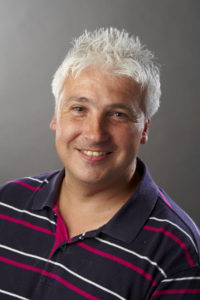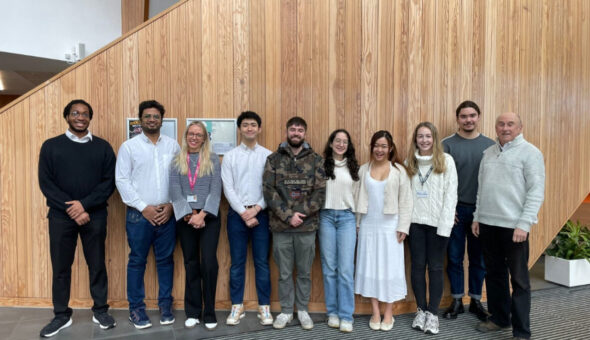The Department for Health is one of the three vanguard departments that have led the way in Curriculum Transformation. Three of the Department’s undergraduate (UG) courses have been through the transformation process: Health & Exercise Science (BSc) [HES]; Sport & Exercise Science (BSc and MSci) [SES]; and Sport & Social Sciences [S&SS], which became Sport Management & Coaching (BSc and MSci) [SMC].
These transformed courses first launched in the 2020/21 academic year so have completed two full academic years and students in the first cohort who selected a placement year are currently in Year 3 of their studies.


Senior Lecturer Dr Anthony Bush (who was the Director of Teaching during the CT Vanguard process) and Dr Shaun Williams, current Director of Studies for the Sport & Social Sciences/Sport Management & Coaching courses, share lessons learned and insights into the Curriculum Transformation journey at the Department for Health, with a focus on the Sport Management & Coaching course (SMC).
Anthony was the Department for Health DoT for six years until the end of summer 2021 and led the Department’s CT process from the start under the direction of the HoD. He was also closely involved in developing the Department’s approach taking over as DoS in summer 2020 with responsibility for implementing the transformed SMC course.
What were the drivers for becoming a CT vanguard department?
Anthony
The decisive factor was that we knew we wanted to evolve our courses and bring them up to date. It was an opportunity to make very good courses even better and a lot of courses had changed very little in 10 years. We saw CT as an opportunity to get stuck in and make some very necessary changes, particularly to ensure that our courses were up to date in terms of preparing graduates for changing career opportunities and employer demands. In many respects, the three vanguard departments were the pioneers of CT at Bath, which sometimes meant finding our way as we went, especially in relation to aspects such as the paperwork where requirements kept changing.
Shaun
We wanted to update a course called Sports & Social Science (S&SS), which had been introduced in 2014 following a re-vamp of an older course. We knew that potential applicants had limited awareness of the role that social sciences play in relation to sport. This affected our applicant numbers, which started very promisingly but then decreased over time and we knew this wasn’t sustainable.
What did you set out to achieve and what was your approach?
Anthony
We were really approaching this as course evolution, rather than transformation. The philosophy and core content of courses hasn’t really changed, but we’ve adjusted the way that the courses are delivered and assessed, although at the end of the process the courses looked very different from what they looked like at the beginning.
Shaun
For SMC, one of the main goals for me was to slow the courses down. We used to have a series of 11-week blocks of learning culminating in an assessment. It was very congested but at the same time very rushed because you were constantly racing towards the next assessment.
We also wanted to research the market to identify the type of courses that students are looking for in this field and to find out what content appeals to them. So, we held employer and stakeholder events on coaching, to get views from grass roots right up to professional level.
We also held a couple of significant department events featuring guest speakers from sporting organisations who offered direction about what the industry needs from graduates nowadays. These worked really well, not only in terms of data gathering but also from a relationship building standpoint. The findings informed a repositioning of the course and a new course name – Sport Management & Coaching.
To get started, we set up discussion groups for each strand in the courses to explore what good looks like, within the guidelines and constraints of the CT principles. The aim essentially was to reduce the number of units and eliminate over-assessment on the courses. Originally a small group considered the whole course, then slightly larger groups looked at the strand level, while other groups looked at individual units and the outcomes desired for teaching and learning.
What are the big changes delivered on Health courses?
Anthony
Across the three transformed courses, we reduced the number of units from 102 to 68, which equates to a one-third reduction. However, this doesn't mean that the workload is less, because the units are bigger. The structure of the course and the journey of the students through the courses is now more streamlined and simplified.
Most units are now one academic year long (as opposed to being semesterised). An important factor in the design phase and implementation is to work with staff so they don't feel their research expertise or unit is undervalued or unimportant. The increase in size of the unit has necessitated a transition to having more than one person delivering and assessing a unit. This team-teaching approach requires good communication channels between all staff delivering a unit.
We've also reduced the summative assessments by 9% in SMC, 19% on SES and by 24% on HES. This represents an 18% reduction in summative assessments across the three transformed courses. This is not time saving as there has been a switch to assessment for learning and more structured formative assessment opportunities which have been embedded across the vanguard courses. We have also tried to inspire Year 1 students with greater vision of what the course can equip them to do, and how the different elements will fit together right from the start. So for two of our courses we start Week 1 with a multi-disciplinary “Grand Challenge”, where they hear from external speakers and work together in small groups to understand how different disciplines contribute to solving challenges for the field.
Shaun
One of the main changes in our approach was to slow down the course (so that we weren't rushing through every 11 weeks, leading up to an assessment), which allowed us to dissect course content, discuss it in depth and consolidate learning more effectively. It also gives us more flexibility in the way we deliver courses and assess units.
We have also moved to more group work. Working in a group means the dynamics change and people within the group assume different roles. At first students found it hard to adjust because they've become used to working remotely and alone through the pandemic years. Introducing a policy for group working that sets out the responsibilities and expectations of each person in the group ensures that they all contribute equally and get the best out of the approach, which is important.
Some parts of the course use consolidation weeks and we will be looking to further integrate these across the whole course. These can entail formative assessment, readings, study skills, guest sessions, field work, and group discussion, amongst other options to review teaching and learning.
Another shift we have piloted is exploring ways to refine assessments and feedback. We are trying to move from reducing the volume of summative feedback, that often lands too late, to more task specific formative modes of assessment. In addition, a greater emphasis is placed on adapting the generic grading criteria to comply and better reflect the assessment expectations. There is less emphasis on providing high volumes of summative feedback because students are continuously receiving (and working upon) feedback before, rather than after, the assessment has been completed. Therefore, we are trying to link assessment more closely with study skills but also encourage students as part of the process to follow up and have conversations with personal tutors.
For the next academic year, one unit will conduct an ICT as a live practical observation. Hopefully, this will alleviate some of the usual tensions students can experience with a typical exam type assessment. Such in-situ type assessments are industry relevant and authentic but embedded in such a way the unit doesn't lose momentum as you go from one assessment to the next. It’s trying to keep the impetus with yearlong units, particularly as students can become preoccupied with assessment, so a greater focus on learning and how this all links together is key.
What tips can you give to other departments that are going through CT now?
Anthony
Some courses offer lots of options on a course, in the belief that that's what students want. This makes the articulation of the course to prospective students difficult. Over the years some courses have grown like a tree - with lots of small branches - so you need to think about what the core of the course really is and work from there. This can be a challenge because some course specialisms are led by one academic alone so if that's cut it has an impact on that person’s role. While we rationalised our options, we deliberately retained our broad specialisms to avoid alienating any of our teaching team.
If I were to do this all over again, I would try to enable more conversations about the potential for sharing more between courses within the department. With hindsight, we would have welcomed more time to work across our courses in the department and also more time to develop more higher level thinking at the Faculty level with regards to common units of study by all students at Bath (e.g. sustainability).
Shaun
Get people to focus early on and get things right, to avoid having to make lots of changes later, creating extra work for people when there’s potentially less time to do it in.
Regarding assessments, try to look at the big picture across the year and try to avoid too much congestion for students. Mid-term assessments in yearlong units can be problematic because students tend to focus on that point to the exclusion of everything else and attendance can dip. This can over burden staff as well if they are busy teaching during this period.
So, we are looking to alter things slightly, one method is to continue to use smaller value (e.g. 2 x 20%) assessments but consider how they can combine as part of an overarching task. These can sit together in the assessment cycle. Check how previous CAT credits match up to ECTS credits as a guide to ensure students are not being asked to do more than before for similar. Consider how the change in assessment type is a constraint as well, for example we use In-Class Tests (ICT) as a form of assessment in Year 1 units.
A valuable exercise we completed was a teaching away day to discuss aims and objectives at a unit level but also consider these at a 'strand' and course level. Staff felt this was a productive and valuable exercise before the launch of the new course. This also merged into a social gathering afterward with some pizza in the Lime Tree!
If you look at a course and feel there is space within it, don’t be tempted to add more content to fill up the year. Instead, use the time to look at topics in more detail, do a deeper dive, or spend that time on activities designed to consolidate learning, with more time for formative assessment activities.
How did your implementation go and are you pleased with the outcomes?
Shaun
Implementation went well, we're surviving! We're trying to realise some of the opportunities that CT offers, by doing things differently. It's also easier to make incremental changes to courses now that the course is broader.
I'm happy with the outcomes achieved through CT so far but it is an ongoing process of review and refinement, which is as it should be. We held a staff away day in June to assess and refine the course - there is always room for improvement!
Anthony
Yes, I’m pleased with what we’ve achieved. Given the barriers we had to overcome early on (rewriting paperwork and resubmitting it), we now have stronger, robust, fit-for-purpose courses which students are enjoying.
We implemented Year 1 in the 2020/21 academic year – at the same time as the Bath Blend, so while this made implementation a huge challenge, it also enhanced the process introducing innovation in different learning formats.
Transformation doesn't end. The changes are ongoing; we want to tweak them often to get the best course and the best delivery we can to provide students with the best learning experience.
Interview conducted by Elspeth Wales, Strategic Projects Change Communications Lead
Respond


